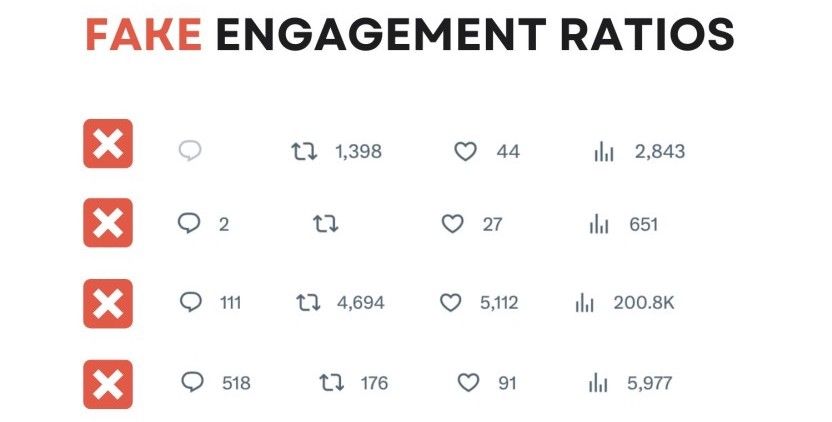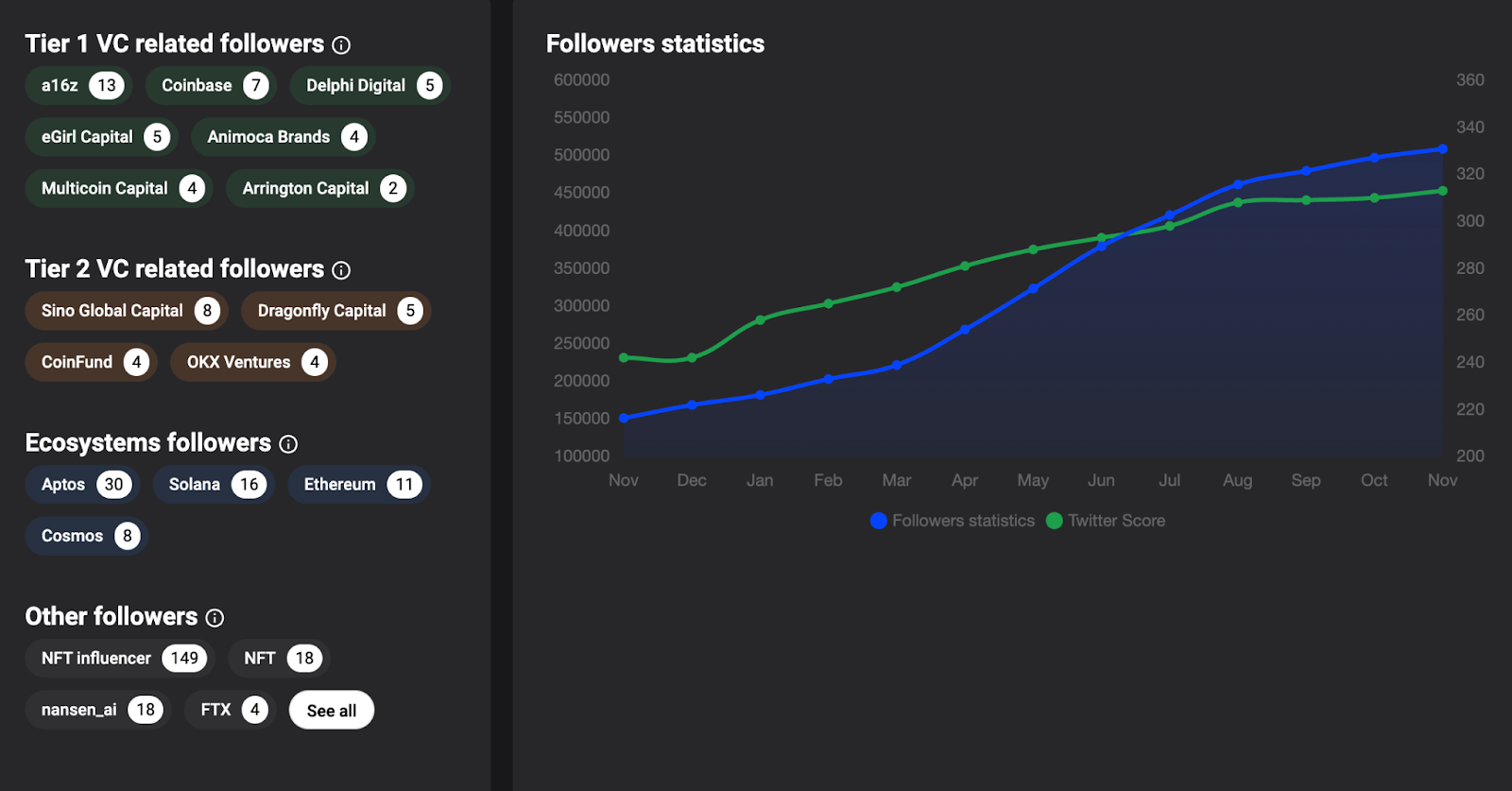Quick Guide: How to Analyze Social Activity in Web3 Projects

In a noisy, oversaturated environment filled with inflated metrics, evaluating genuine interest in a Web3 project has become crucial for investors and startups. Social activity is no longer a secondary factor — it's one of the key indicators of a project’s viability. However, accurate assessments require distinguishing between authentic engagement and artificially generated activity.
This guide will help you identify the signals that indicate community strength, avoid common traps tied to fake metrics, and apply data wisely. It's a valuable resource for investors and Web3 teams working on sustainable growth strategies.
Why Social Activity Matters
In Web3, your community isn't just a group of "followers" — it's the backbone of your product. Community members test functionality, support launches, spread awareness, and generate token demand. A strong community isn’t a vanity metric; it’s a tangible asset directly impacting a project’s valuation and attractiveness to investors.
For investors, it provides insights into the likelihood of a successful TGE or listing. It’s a way for founders to test marketing strategies, measure product–market fit, and create a foundation for long-term growth.
1. Analyzing Audience Growth Dynamics
Start simple: examine the growth of your Twitter (X) follower count. Growth should appear organic, without sharp spikes that aren't backed by external factors like news, collaborations, or campaigns. Use Social Blade to track growth trends.
If you spot exponential growth with no supporting activity, that’s a red flag — most likely bot-generated. These manipulations are widespread before a TGE or investment round when teams try to "dress up" their metrics.
What founders should do: Monitor follower growth for quality, not just numbers. Unengaged followers are dead weight. Build your content around genuine audience interests — run AMAs, collaborations, and campaigns to match growth with genuine interest.

This chart shows a sudden spike in followers on November 2–3, 2023.
2. Views vs Followers: Discrepancy as a Signal
One of the most common mistakes is trusting follower count without analyzing post views. Smaller accounts often show a 5:1 follower-to-view ratio, which tends to drop as account size grows. However, seeing an account with tens of thousands of followers but only hundreds of views may indicate the community is “dead” or non-targeted.
Keep in mind that views can also be artificially inflated. That's why they must be evaluated alongside engagement.

A legitimate example of social engagement from a project.
3. Engagement Rate: The Core Indicator
The key metric to watch is Engagement Rate (ER)—the percentage of interactions (likes, retweets, comments) compared to views or followers. A typical ER on Twitter is 1–3%, and it is often higher for micro-influencers.
If you see thousands of views but only a handful of likes, that’s a warning sign. On the other hand, consistent high engagement, especially as the follower base grows, indicates genuine user interest.
Founders should track ER on a post-by-post basis. Analyze what topics drive responses and build your content strategy on data, not gut feeling.


Data visualized by analyst @Stacy_Muur.
4. Disproportion Between Likes, Retweets, and Views
A post with 100 likes, 50 retweets, and only 500 views should raise eyebrows. Such a mismatch might signal bot activity. Often, projects buy likes to simulate popularity, but if those posts lack genuine comments, it’s a giveaway. Comments are the most reliable form of engagement.
5. Comments as a Signal of Real Interest
One of the strongest indicators is active, meaningful discussion in the comments. Not spam, not generic influencer remarks, but real users asking questions, debating, or sharing feedback.
If all comments come from large accounts with a clear interest in the project, it may be part of coordinated promotion rather than authentic engagement.
For investors, it’s not just about quantity — the quality of discussion matters. If key Web3 players engage in the replies, that's a strong signal.

Example of genuine, interest-driven discussion.
6. Who’s Following? Analyze Follower Quality
Assessing follower quality is about understanding who already trusts the project. Use tools like TweetScout and TwitterScore to analyze follower credibility — are there investors, KOLs, or developers among them?
If institutional players or early-stage investors follow the account, that builds confidence. If it’s just bots, giveaway hunters, or fake profiles, that’s a concern.

Source: https://tweetscout.io/

Source: https://twitterscore.io/
Extra Tips from Cware Labs
- Cross-check channels. Twitter, Telegram, Discord, and YouTube should work in sync. If Twitter is active but Telegram is dead, the project may be image-driven rather than product-oriented.
- Track growth trends. If there’s a sudden surge in engagement, investigate why. Good signs: an AMA or new partnership. Ominous signs: unexplained spikes.
- Founders should treat engagement as feedback. Audience reactions help refine not only marketing but product hypotheses as well.
Final Thoughts
Evaluating a Web3 project without looking at its social layer is like investing blindly. In a space filled with speculative and short-lived ventures, separating noise from signal is a competitive advantage for investors and founders.
At Cware Labs, we study the Web3 landscape closely, use advanced analytics, and help startups build real communities rather than just appear active. We support organic, sustainable, and investor-ready growth.
If you’re looking to build a strong marketing strategy, audit your project, or prepare for a funding round, we’re here to help. We’ve worked with startups globally and know what metrics matter most. Reach out to us to discuss your project, and follow Cware Articles to stay up to date with practical insights and actionable analysis for Web3 founders.
